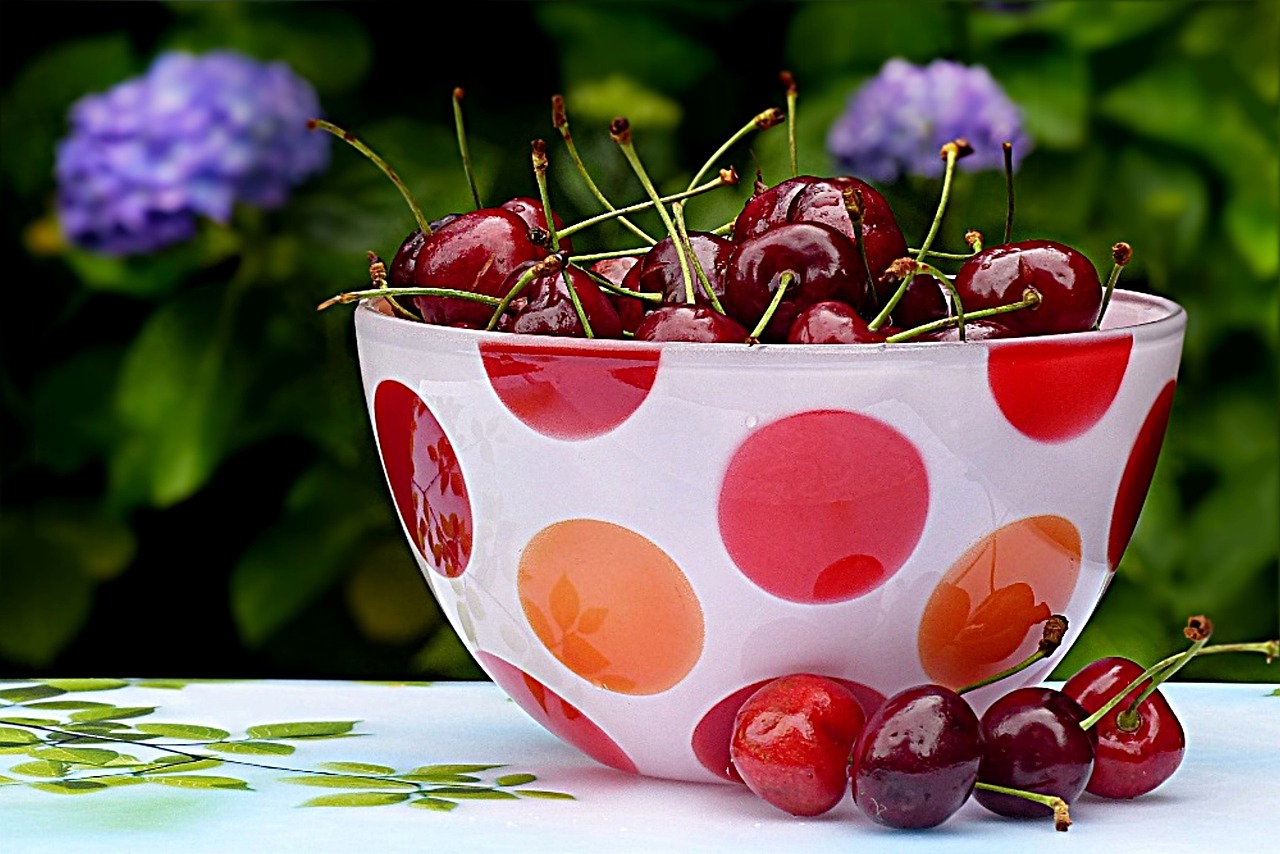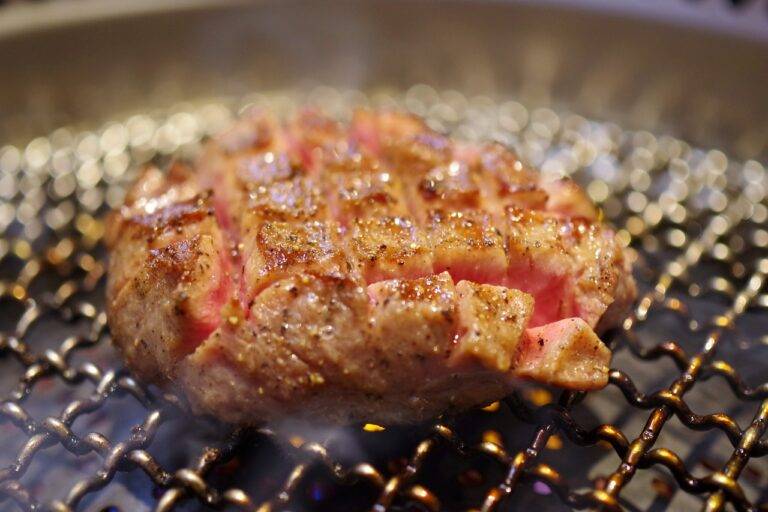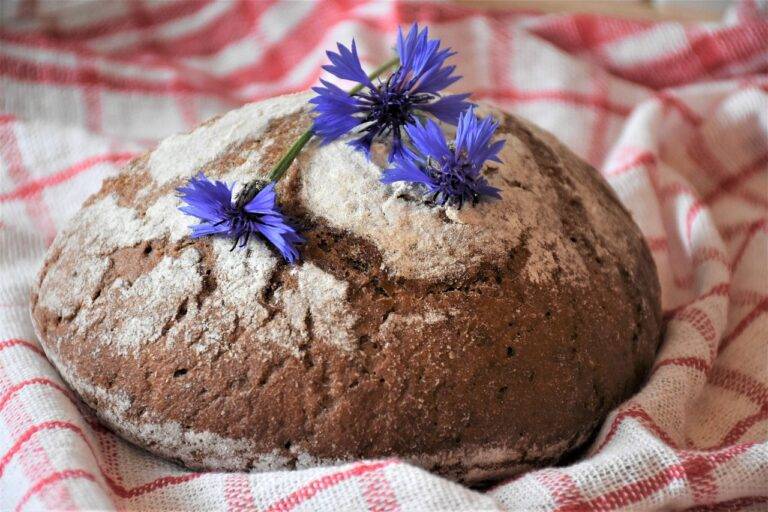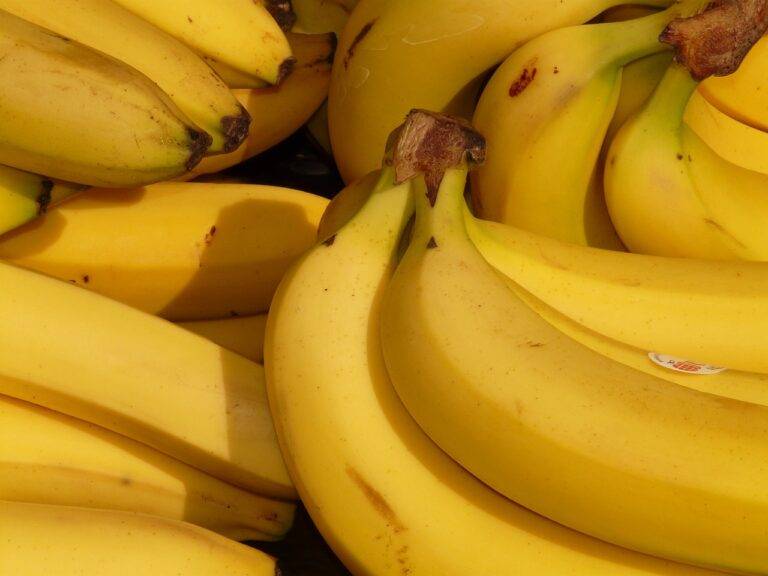Exploring the World of Craft Chocolate: Bean to Bar Artistry
Craft chocolate traces its roots back to the ancient Mesoamerican civilizations such as the Mayans and Aztecs, who revered cocoa as a sacred and precious ingredient. The decadent beverage made from cocoa beans was consumed by royalty and used in religious ceremonies. However, it wasn’t until the 18th century in Europe that chocolate bars as we know them today started to emerge, thanks to advancements in processing techniques.
In the late 20th and early 21st centuries, the craft chocolate movement experienced a resurgence, fueled by a growing appreciation for artisanal products and a desire for high-quality, ethically sourced ingredients. This shift has led to an explosion of small-batch chocolate makers around the world, each bringing their unique blend of flavors and craftsmanship to the industry. Craft chocolate has become synonymous with sophistication and innovation, offering consumers a more flavorful and sustainable alternative to mass-produced chocolate products.
The Process of Making Bean-to-Bar Chocolate
Crafting bean-to-bar chocolate starts with selecting high-quality cacao beans from specific regions around the world. These beans undergo a meticulous sorting process to discard any defects or foreign objects that might affect the final product’s flavor profile. Once sorted, the beans are roasted to bring out their complex flavors and aromatic qualities.
Following roasting, the cacao beans are cracked and winnowed to separate the shell from the nib, which contains cocoa solids and cocoa butter. The nibs are then finely ground into a thick paste known as cocoa mass or chocolate liquor. This cocoa mass is further refined to reduce the particle size, resulting in a smooth and velvety texture that defines bean-to-bar chocolate’s distinct quality and taste.
The Importance of Sourcing Quality Cacao Beans
Sourcing quality cacao beans is a crucial aspect of producing exceptional chocolate. The flavor, aroma, and overall quality of the final product heavily rely on the type of cacao beans used. By selecting superior beans, chocolate makers can create a more refined and complex flavor profile that sets their products apart from mass-produced alternatives.
High-quality cacao beans also contribute to sustainable practices within the chocolate industry. When farmers are incentivized to grow premium cacao beans, they are more likely to implement environmentally friendly farming techniques and maintain ethical labor practices. This not only benefits the farmers and their communities but also ensures the long-term viability of cacao production for future generations.





